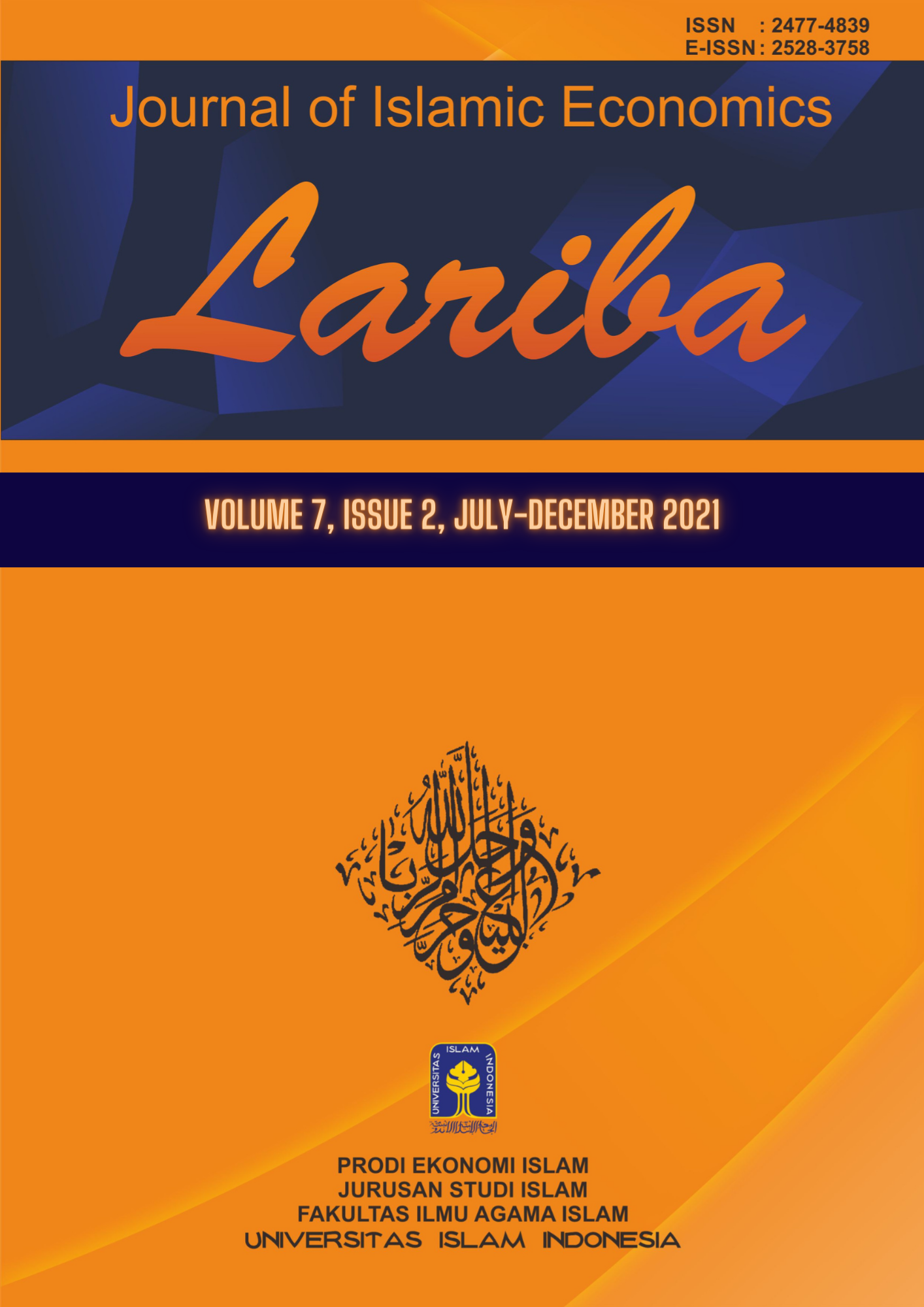Main Article Content
Abstract
The purpose of this study was to analyze the financing model for higher education through cash waqf. The data used is primary data obtained from the results of interviews (in-depth interviews) with experts who have an understanding of the problems discussed. The number of participants required is 3 participants. In addition, data was collected from a library review. The analytical method used in this study used a qualitative method with the help of atlas ti software. The results of the study indicate that in an effort to support sustainable higher education, it is necessary to establish a cash waqf institution managed by the higher education, after that cash waqf funds can be used for the purposes of higher education institutions such as student scholarships, allowances for lecturers and education staff, facilities and infrastructure, and investment.
Article Details
License
Authors who publish with this journal agree to the following terms:
- Authors retain copyright and grant the journal right of first publication with the work simultaneously licensed under a Creative Commons Attribution License that allows others to share the work with an acknowledgement of the work's authorship and initial publication in this journal.
- Authors are able to enter into separate, additional contractual arrangements for the non-exclusive distribution of the journal's published version of the work (e.g., post it to an institutional repository or publish it in a book), with an acknowledgement of its initial publication in this journal.
- Authors are permitted and encouraged to post their work online (e.g., in institutional repositories or on their website) prior to and during the submission process, as it can lead to productive exchanges, as well as earlier and greater citation of published work (See The Effect of Open Access).
How to Cite
Muayyad, D. M., & Jatmiko, D. (2021). Higher Education Financing Model Through Cash Waqf: An Exploratory Study. Journal of Islamic Economics Lariba, 7(2), 113–124. https://doi.org/10.20885/jielariba.vol7.iss2.art3




